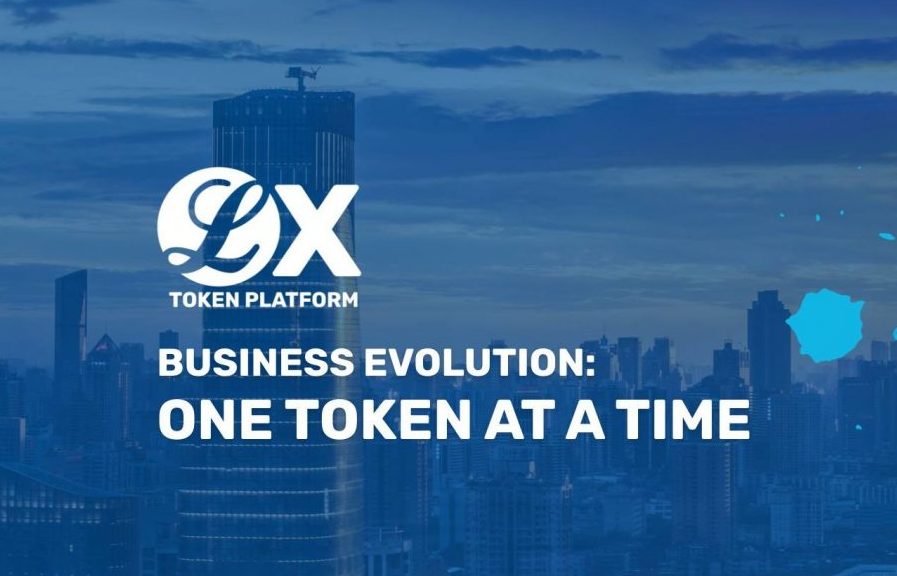
Blockchain-based project launches proprietary token trading platform to enable businesses to create utility tokens fast and securely leveraging the PoA algorithm.
The launch of the Ethereum Network in 2015 led to the materialization of a new type of token created by developers via ERC20 smart contracts – utility tokens. In 2017, startups managed to raise over $5.6 billion with their ICOs, even though only 48% were successful. Blockchain-based infrastructure projects are soaring because issuing digital tokens provides entrepreneurs with new ways of funding and growing their businesses.
Corporations are excited about the perks of Ethereum’s blockchain. However, as token regulations strengthen, companies are realizing that their tokens need to be backed by better use cases. Until now, the safest platform to create a cryptocurrency on was Ethereum. However, it provides low transactional speed, high gas fees, challenging technical requirements, and security issues.
A more scalable alternative to Ethereum for creating scalable DApps and digital tokens
Not all business owners know-how to create a digital token on a network like Ethereum; just like not all developers know how to deal with a hard fork. Sculpting a unique token that matches all expectations in terms of speed, trust and scalability poses real challenges. As the need for switching to a different blockchain strengthens among entrepreneurs and developers, token development platform LindaX enters the scene with a business model aimed at helping enterprises navigate successfully through the unfamiliar world of cryptocurrency.
At its core, LindaX is a fork of the Ethereum network; a predecessor that leverages various protocols and consortium models to help develop utility tokens and custom digital assets. The main objective is to build a strong infrastructure for issuing digital coins from concept to execution. A key element of LindaX is the PoA [proof of authority] consensus protocol, which relies on ‘validators’ to check newly added transactions to the blocks.
From testing to full deployment with Trajectory and Orbital
A fundamental part of LindaX is its proprietary Testnet, ‘Trajectory’, which can be used for testing and deploying LindaX advancements. By leveraging the Testnet, authorized developers are able to test DApps and smart contracts without added costs or fees. The purpose of ‘Trajectory’ is to act as a development platform in order to provide a safe transitioning to ‘Orbital’, LindaX’s Mainnet.
For LindaX to operate at full potential, the platform relies on its Mainnet, ‘Orbital’, the blockchain used for powering the network and employing the PoA consensus protocol. Although not a development blockchain, Orbital demands that all DApps and contracts published on LindaX to go through a revision and approval process; this way, all updates, concepts, and changes can be properly vetted before being released on LindaX’s blockchain.
On LindaX, all corporations, enterprises, LLCs and partners will have to go through a KYC verification process. Following this step, they can start creating tradeable digital tokens by engaging with LindaX’s accredited developers. The token created can have multiple purposes, and can be used as a proof of membership, asset representation, virtual share, and more. As opposed to the Ethereum network, LindaX pre-vets all token proposals to make sure each token proposal all network conditions are fulfilled before holding a network vote.
LindaX originated from Lindacoin, proof-of-stake digital currency that creates utility products. The project’s end goal is to become a global token development platform for businesses around the world wishing to build a utility token without going through the hassles associated with Ethereum. In August 2018, LindaX finished is ICO pre-sale, which concluded by selling out of all available 3 million LX tokens. Upcoming milestones for LindaX include a public token sale, as well as the official launch of its Testnet ‘Trajectory’ and Mainnet ‘Orbital’.
To know more, Click Here!






